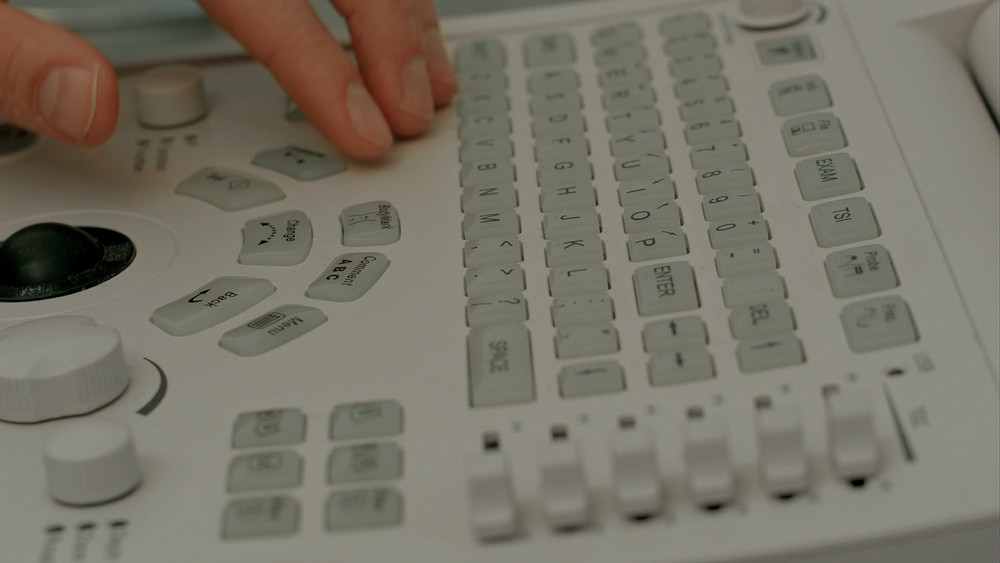

Effective inventory tracking of medical devices is crucial for healthcare facilities to ensure operational efficiency, compliance, and cost management. In this article, we will explore the best steps to enhance your medical device inventory tracking software. Understanding the nuances of inventory management can transform healthcare facilities into streamlined hubs of efficiency and safety.
Why is Efficient Inventory Management Critical in Healthcare?
Proper inventory management ensures that crucial devices are available and in good working condition, reducing risks associated with device unavailability or malfunction. This availability is vital during emergencies when every second counts, and delays could jeopardize patient outcomes. In addition, regular inventory checks help prevent equipment failures that might arise from unnoticed defects.
Inventory tracking systems must not only maintain current stock levels but also forecast future needs to preempt any potential shortages. Real-time data on device status and availability encourages proactive maintenance, reducing the probability of equipment failure during critical procedures. Thus, comprehensive inventory management plays a pivotal role in maintaining the trust that patients place in healthcare services.
Moreover, the accuracy in tracking ensures that devices are not only available but also sanitized and ready for use, directly impacting patient safety. In high-risk environments where infection control is paramount, having the right device at hand promptly can enhance the level of care provided. Hence, inventory management is a cornerstone of patient-centric care approaches in healthcare settings.
Efficient tracking helps prevent over-purchasing and storage of excess devices, optimizing the budget allocated for medical supplies and equipment. By maintaining an accurate record of stock levels, healthcare facilities can avoid tying up capital in unnecessary inventory, thus freeing up resources for other important investments. Cost reduction through improved inventory practices also supports long-term financial sustainability.
Reducing unnecessary expenditure on surplus inventory also minimizes waste, an important consideration given the environmental impact of medical waste. By aligning purchases more closely with actual usage patterns, healthcare facilities can make more sustainable choices, embodying responsible stewardship. Furthermore, accurate tracking enables cost analysis, contributing to more strategic decision-making about inventory investments.
The potential savings go beyond the cost of the devices themselves, extending to storage space and administrative overheads. A streamlined inventory process diminishes the burden on healthcare staff, allowing them to focus more on patient care than inventory management. Ultimately, precise inventory tracking offers dual benefits: optimizing financial performance while maintaining or enhancing care quality.
Accurate inventory tracking is essential to comply with healthcare regulations, ensuring that all medical devices meet safety and usage standards. Regulatory agencies mandate extensive documentation and record-keeping, aspects that an effective inventory system can simplify and automate. Non-compliance can result in hefty fines and penalties, making accurate tracking not just a best practice but a compliance necessity.
Automated systems make regulatory compliance easier by offering thorough audits, reports, and traceability of device movements and usage. A robust system can quickly generate comprehensive reports critical during inspections or audits, significantly reducing the workload on administrative staff. In addition to compliance, these systems enhance organizational transparency, boosting stakeholder confidence in the facility’s operations.
Moreover, adhering to regulatory standards is intrinsically linked to preserving patient trust and organizational reputation. In industries as sensitive as healthcare, maintaining rigorous standards through efficient inventory management strengthens the institution’s credibility. By effectively aligning with compliance requirements, facilities not only avoid penalties but also project professionalism and accountability.
What Role Does Technology Play in Inventory Tracking?

RFID and barcode technologies enhance accuracy and efficiency in tracking medical devices, enabling quick scanning and real-time updates in inventory systems. RFID tags can store significant amounts of data, providing instant access to device history, maintenance schedules, and location. This capability reduces the time and effort required in manual inventory audits, allowing faster identification of issues.
These systems also play a pivotal role in minimizing manual errors, an essential factor when dealing with complex and dynamic stock levels. Barcode systems, in particular, offer a cost-effective solution that can be easily integrated into existing processes, facilitating broad adoption without extensive financial outlay. Furthermore, the data generated through these technologies can be analyzed to forecast future needs accurately.
Accurate tracking through these technologies also aids in maximizing device utilization by ensuring that devices are in the right place at the right time. This level of efficiency can significantly enhance service delivery and reduce the turnaround time in patient care settings. Embracing technology in inventory management equates to investing in both the present and future of healthcare operations.


